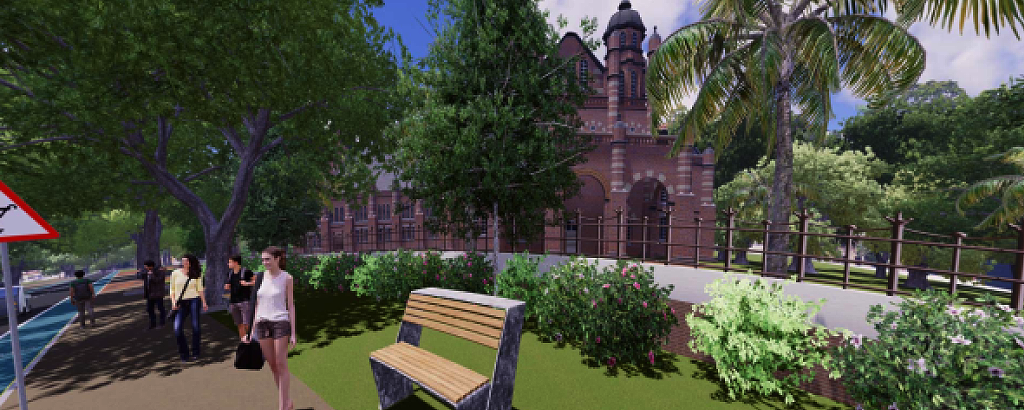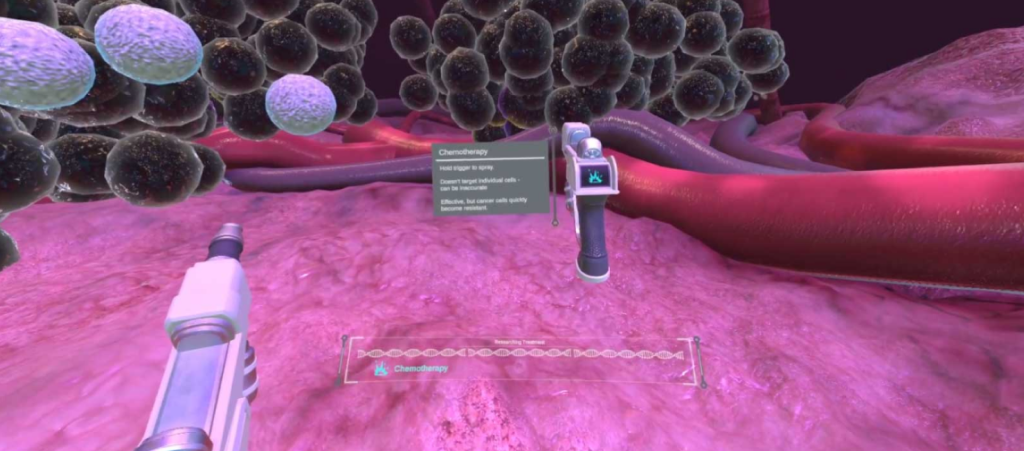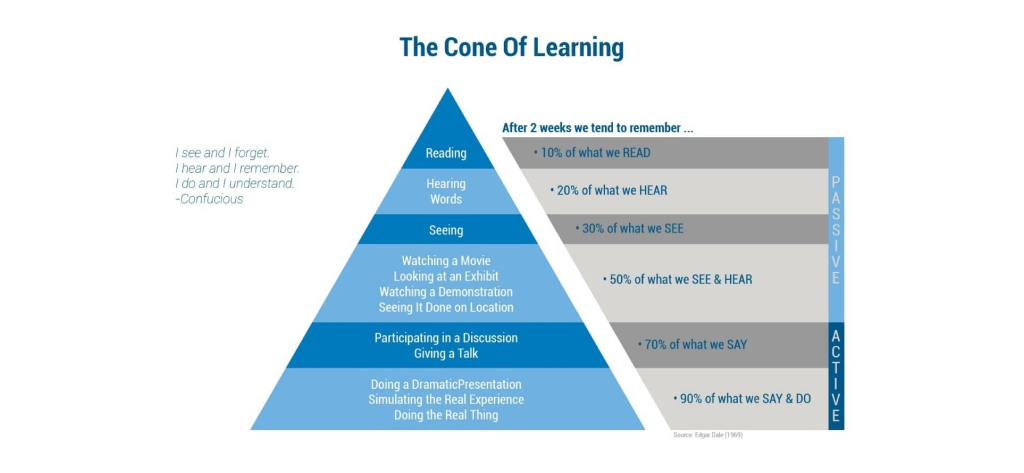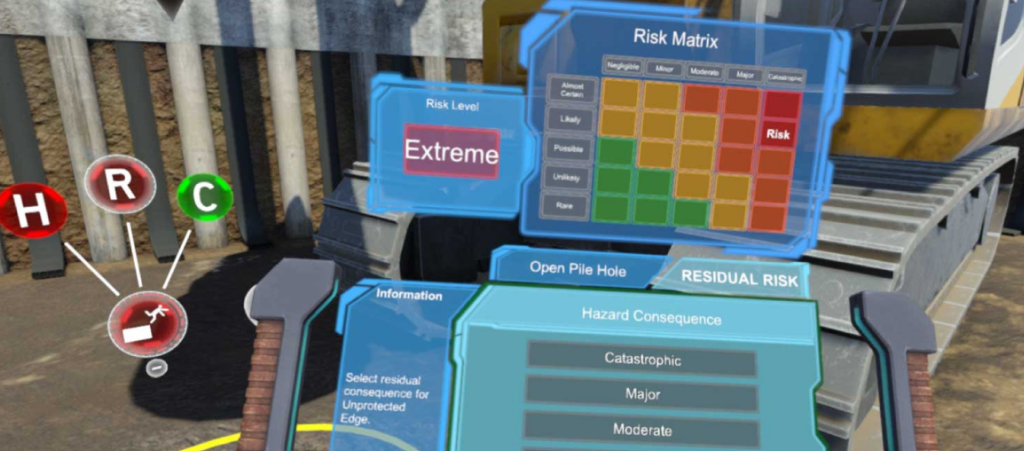
Case Studies Education gets exciting
Australia is a land of expansive spaces. Our population lives in cities and towns mostly patched along the East and West coastlines or populates the regional and remote areas of rich farming country and the outback. Despite our distances, we are tightly connected to the global experience via our technology and our desire to join, learn and know more.
Our recent experiences as part of the global community adapting to periods of considerable social change, have focused our attention on what it means to be part of our various communities and just how much we interact with and rely on them as we move through life
A significant amount of focus has been on education. How do we all continue to coach, teach, train, mentor and educate ourselves and each other as a population?
Real Serious Games has been working hard on developing educational resources which make education available to everyone and no matter where you are located, se are at the forefront of the development of innovative VR Educational Materials which exploit the benefits to learners of adaptability, flexibility, and mobility.
The VR materials we develop are designed to take full advantage of the mobile computing era we are living in. Given the early expectations of VR, it has taken a comparatively long and slow road in development and adoption. VR first appeared around fifty years ago, however its only relatively recently that VR is being adopted in commercial, scientific, education sectors not only domestically, but globally.
Our recent global experience with a pandemic has pushed VR even more quickly to the frontline of education as a solution to the questions of how to we continue school, university and commercial education and training in either a remote environment or in a safe environment where the close proximity of the training room and classroom has been exchanged for home and distance education. The advantages of VR education materials extend beyond some of the more readily thought of elements. In the context of education and training, these are powerful advantages.
02. IMMERSION
The true value of immersion is that it offers a user the experience of being part of a digital world. Real Serious Games makes useful, accurate, realistic, virtual environments where knowledge is acquired via experiential learning.
To demonstrate the value of experiential or immersive learning, we can refer to a study by the University of Maryland which explored the concept of Memory Palaces, where users place objects in imaginary virtual worlds with the aim of trying to recall them later.In this study a test group was divided into two sections; one undertook an experience in VR and the other group learned via a flat computer screen. Results showed that the median recall accuracy percentage for the VR group was 90.48% and for desktop display was 78.57%.
Another exciting research outcome found that collaborative language studies in VR enhanced student’s self-efficacy to use Chinese language in different real-life contexts. This ws an interesting set of data for researchers to see that VR could be purposefully used to train people in complex languages, more rapidly than traditional language teaching.
Immersive Experiences can be used for education in most fields of education and training. An immersive VR experience can range from visiting a country while sitting in your home, viewing artwork, examining the human body, or experiencing a construction safety demonstration. Almost anything you can experience in real life education and training, you can experience as a powerful immersive experience in VR training and education materials.
 A 360 illustration of the Gregory Terrace, 30 years into the future, developed by Real Serious Games
for the green initiative, Green The Street.
A 360 illustration of the Gregory Terrace, 30 years into the future, developed by Real Serious Games
for the green initiative, Green The Street.
03. GAMIFICATION
Virtual Reality software is also an intuitive, engaging, and fun way to learn. Students familiar or not with the mobile computing and computer gaming era are able to quickly adopt and respond to the VR material. Most learners find it more enjoyable, and therefore more engaging. Gamification means that the methods of navigating the software are familiar to many and intuitive to trainees, resulting in high levels of adoption.
 This image is from a Skin Cancer VR Game developed by Real Serious Games in collaboration with
Queensland University of Technology. The purpose of the Game is to raise awareness of the dangers of sun
exposure among the young population of Australia. The game was showcased at the QUT stand during the
Schoolies week in Queensland, Australia.
This image is from a Skin Cancer VR Game developed by Real Serious Games in collaboration with
Queensland University of Technology. The purpose of the Game is to raise awareness of the dangers of sun
exposure among the young population of Australia. The game was showcased at the QUT stand during the
Schoolies week in Queensland, Australia.
04. MULTIPLAYER
Multi-user VR provides a collaborative environment to both trainers and students. Together, they can understand, discuss, and see how different interactions or actions may lead to alternative outcomes.
A multi-user VR framework also provides teachers and trainees an opportunity to curate the experiences in a style that would best work for them.
Depending on the VR experience, an instructor can determine a student’s progress on a dashboard style interface, often referred to as the Telemetry System. The Telemetry System provides a list of student’s actions and responses to the information in real–time. Results of the students’ progress may be colour coded or scored based on the expected outcomes.
This can be used by the teacher for assessments or feedback about practice tasks, or simply a debrief after the VR experience. Being able to address a student’s results whilst they are either in the experience or directly afterward means feedback based on data, as well as observation, is being provided at the most relevant time.
Collaboration via VR is an excellent method of enabling students to both show and tell and share knowledge and learning in a very immediate and responsive environment.
05. RESEARCH
By utilising the collaborative capabilities of VR, researchers are equipped to connect, discuss, and manipulate the VR irrespective of distance.
VR allows for scenario simulation and research to be conducted across multiple locations. Using a VR experience, the material is capable of being queried, tested, and manipulated to further a group understanding of the subject matter.
An example of this is demonstrated in a research published by the Scientific Journal, Science Advances, where a team comprising researchers from various universities in the UK used interactive VR technologies to do a comparative study.
The study revolved around the ability to do a sophisticated modelling task. The study showed that users were able to complete sophisticated molecule modelling tasks quicker in VR than the conventional interfaces, especially when transitions were presented as three-dimensional.
VR collaboration highlights the potential of VR across research as we move to a remote learning model. The benefits utilising VR in research in both stand alone and collaborative settings would provide the ability to sample, simulate and study sophisticated medical research.
06. VIRTUAL OPEN DAYS
Open Days run by educational institutions usually provide prospective students with the opportunity to look, feel and assess the institution. VR can, for example, provide a Virtual Open Day experience for students. Tours of the campus, facilities, transport hubs, student services, campus accommodation, sporting clubs and much more are able to be displayed in detail to students who can experience a virtual walk around the institution, examine facilities closely and be provided with relevant data on their own areas of interest without the cost and time of travel.
As has been seen in the recent world events which included international travel restrictions and interstate travel restrictions within Australia, students would benefit greatly by being able to take a virtual tour of various institutions of interest to them prior to making their choice of study. Of particular benefit are those institutions with a significant percentage of international students who attend their campuses.
07. ACCOMMODATES VISUAL LEARNING STYLES
Humans are both auditory and visual learners; we learn best however by doing. The most powerful form of learning is the combination of all three. This is what VR simulations provide.

VR provides a visual and auditory environment and the user actively participates (doing). VR provides a learning environment where, after two weeks the user has retained 90% of the information they have been exposed to via VR, versus only 10%, if the same information had been exposed to them via reading only. The value of using a progressive and effective technology like VR is particularly worth considering when the training is critical health and safety training such as safety training for mining and construction sites. Workers exposed to hazardous environments like confined spaces, heights and dangerous materials are particularly vulnerable to ineffective training. Better training equals a safer student and safer workforce, no matter how remote they are.
 The Maker Immersion Risk & Safety – Interactive Experience. The Maker Project was supported by the
Victorian Government.
The Maker Immersion Risk & Safety – Interactive Experience. The Maker Project was supported by the
Victorian Government.
08. SIMPLIFIES TECHNICAL LEARNING
The Institute of Psychology at Osnabreuck University, compared two test groups, who were shown the same video content; one group had VR equipment and the other 2D flat screen equipment. The results were interesting, because both groups were relatively similar in recalling information indicating no benefit of VR for short term memory. The difference came when the same participants were asked to recall the same information 48 hours later. The group who saw VR scored a significant 50% higher recall than the 2D participants.
VR presents the opportunity to learn by undertaking a task in a virtual environment that simulates a real-work environment, and, therefore, activates muscle memory, all of which is not offered while learning on a 2D screen.
Immersion, coupled with interactivity, provides a superior learning experience because muscle memory is engaged.
An example is taken from the construction sector where professionals are required to successfully decode maps and drawings. When VR is introduced into the learning process, the user can successfully build and locate objects in an accurate spatial environment.
They learn how to orientate themselves using familiar points on the map. Learners can progress through a guided mode where a voice and visual cues guide them throughout the material. A second stage in the learning process is where the user takes control and completes tasks on their own.
An advantage in the training of risky tasks is that the user can fully experience the risk in a 100% safe environment before they are exposed to a high–risk environment.
 Captures from the Maker Immersion Plans and Specification – Interactive Experience. The Maker
Project was supported by the Victorian Government.
Captures from the Maker Immersion Plans and Specification – Interactive Experience. The Maker
Project was supported by the Victorian Government.
09. CONSISTENCY, LOCATION AGNOSTIC
The quality of conventional training or education will usually vary across training rooms. Consistency in material and delivery is difficult to achieve, even within the same institution because of the variability which is experienced between trainers. Other variabilities across locations may also be factors such as:
Virtual Reality eliminates the problems of inconsistency. Organisations can be assured that trainees are all receiving the same quality of information and have access to the same technology used for delivery.
Many of the variables ofbface to face training are removed and the interaction of the student and trainer, via the VR material, is tracked and recorded using the Telemetry system.
VR is a highly portable, digital tool which is viable to supply across multiple sites, making the same contemporary training tool available to remote locations or locations which do not house sufficient infrastructure for complex training.
Digital VR training tools accommodate rapid scaling and decrease costs. The costs of the VR hardware are significantly lower in comparison to human face to face training time and the resources needed for conventional training.


